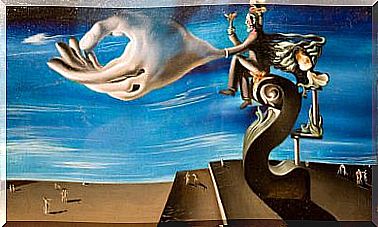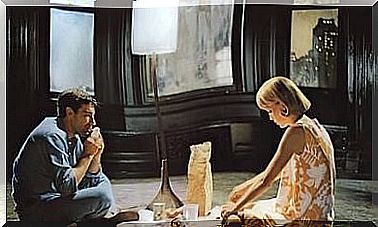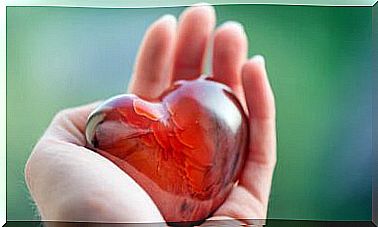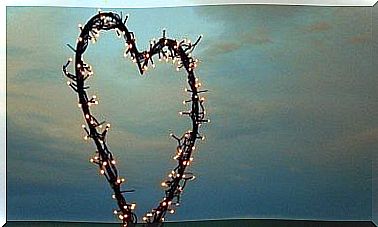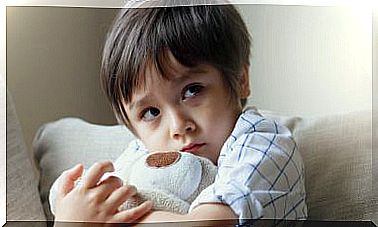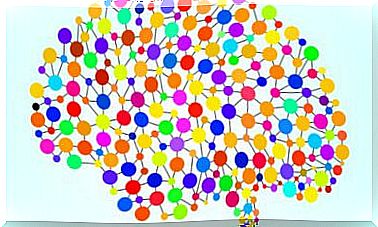The Keys To Obsessive-compulsive Disorder
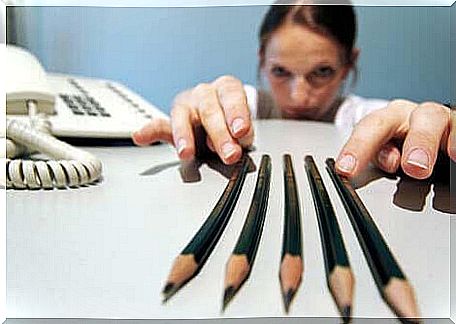
It is very common to hear people say phrases such as “I am obsessed with …”, “I am a compulsive of …” and the like. However, talking about obsessive-compulsive disorder is touching on a serious topic that requires strict treatment that helps the patient have a better quality of life.
Perhaps around us we have someone who has some type of obsessive-compulsive disorder. Wash your hands constantly, brush your hair at all times, make multiple checks and doubt them (for example, leaving the tap on). All this carries a great level of stress and anxiety.
Elements of obsessive-compulsive disorder
Obsessive-compulsive disorder, also called OCD, is a serious problem that has its origins in anxiety caused by different elements, which may or may not be real. It is made up of constantly alternating episodes of obsession and compulsion.
Obsessions can be shown through impulses, ideas, or thoughts related to a certain fact or fear. Some examples are fears of bacteria, diseases, gaining weight, etc. These thoughts can be unleashed from some specific or random event that occurs to the patient.
In turn, compulsions appear as a reaction to the obsession and seek to reduce the levels of anxiety that the obsession is causing in the person. Each person reacts differently during this time, but the most common acts are self-harm, constant checks of different things, behavior patterns, binges, etc.

It is common that after the compulsion there are different negative feelings because of the guilt that the person feels. This often starts the vicious cycle anew, causing another fit of obsession followed by compulsion. It is necessary to seek urgent help. Well, obsessive-compulsive disorder can be treated and controlled.
Most common types of obsessive-compulsive disorder
There are a number of the most common types of obsessive-compulsive disorder. At the beginning, we gave some examples such as washing hands or checking multiple times something like carrying the wallet inside the bag. However, the most commonly diagnosed types of obsessive-compulsive disorder are the following:
- Fear of being hurt These people seek to avoid, at any cost, accidents or physical damage of any kind. They tend to stay away from friends and acquaintances for fear of going out and having something happen to them.
- Accumulators. They are characterized by keeping or gathering objects that are not useful to them, keeping them stored and collecting or adding more and more.
- Fear of dirt. They are those people who are obsessed with keeping the objects around them and their own body as clean as possible.
- Excessive attention to order and symmetry. They are characterized by avoiding any situation that forces them to get out of the routine. They usually order their objects, appointments and any other element.
- Fear and special attention to disease. They are always alert to any symptoms that may be caused by a disease. They are also called hypochondriacs and in some cases they not only worry about detecting diseases, but their obsession can make their mind believe all the symptoms.

OCD, a problem that requires attention
There are a wide variety of obsessive-compulsive disorders and all of them require attention to avoid serious problems in the future. It is very important that those who suffer from this problem know that they have the help of those around them and the appropriate doctors, in addition to the medication indicated in a particular way.
Likewise, the family must stay informed and educate themselves to identify any type of problem that may arise as a direct consequence. They will be a fundamental support for the person who suffers from OCD, something that is not pleasant at all and that greatly limits a person’s life.
